In the pipeline for almost two decades, the Jama Masjid street improvement plan has received a fresh push as Public Works Department (PWD) minister Parvesh Verma has directed to take up the long-pending road repair work on the narrow and congested Chandni Chowk-Jama Masjid stretch, officials aware of the development said.

Verma has asked the department to complete the repair works by July, especially on those spots that require drainage improvement as well. Major works will include scrapping off the top layer and recarpeting with bitumen, possible road widening, horticulture, and adding basic heritage elements, officials said.
PWD has floated tenders for the project. “This project has been on hold for several years due to frequent changes. While repairing the stretch, we may look at increasing the width as much as possible,” said a PWD official, asking not to be named.
The road work was initially part of the larger Jama Masjid area redevelopment that was first conceptualised in 2004 to restore the structure and the area in its vicinity. A detailed plan was submitted to the Delhi high court in 2006, and ratified by the Delhi Urban Arts Commission (DUAC) in 2009. After the trifurcation of the Municipal Corporation of Delhi — the nodal agency — the plan was handed over for execution to the North Delhi Municipal Corporation. In 2012, it was transferred to the Public Works Department (PWD) and then finally to the Shahjahanabad Redevelopment Corporation (SRDC).
To expedite the execution of the plan, SRDC in August 2019 decided to divide the detailed project report into two parts — one concerning the vicinity of the mosque’s precincts, including Meena Bazar, Urdu Bazar and all approach roads leading to the mosque, and the other about the main monument precincts, which means the areas within the walled premises of the main masjid.
“Street improvement work was under the first part of the project. The second part was to prepare a fresh DPR for the redevelopment of Jama Masjid precinct. This is part of that work that we plan to begin at the earliest,” the official cited above said.
India’s grandest mosque, Jama Masjid continues to battle disrepair, chaos, congestion and poor sanitation. Built by Mughal emperor Shah Jahan in 1656, it is not a protected monument under the Archaeological Survey of India (ASI). The responsibility of its maintenance rests with the Delhi Waqf Board. However, as a special case, repairs on Jama Masjid have been carried out, from time to time, by ASI since 1956. In recent years, ASI has not taken up any conservation work at the mosque. The finial of Jama Masjid’s central dome was damaged in May last year following heavy rain and thunderstorm. In June 2021, a slab of red sandstone from the minaret collapsed and ended up damaging the courtyard beneath it.
Other issues that plague the structure include narrow approach roads, and the presence of shops and residential areas opposite Jama Masjid’s main entrance, near gate number 1. With markets and eateries lining the premises, sanitation is also a concern.
The second part of the project that is yet to be started includes redevelopment work in and around Jama Masjid. The initial proposal included redevelopment of the 12.7-hectare Jama Masjid area and its surrounding area, along with renovation of several mausoleums situated in the vicinity of the mosque such as Dargah Sheikh Kalimullah, Hare Bhare Shah Mazaar, Ubhre Shah Mazaar, and the mausoleum of General Shah Nawaz Khan of the Indian National Army, and the refurbishment at Meena Bazaar.
The plan mentioned construction of walkways, plaza, pedestrian passages on all approach roads, common utility duct for services, underground development of drainage, trenches, provisions for illumination of precincts, installation of firefighting facilities, removal of overhead electric cables , as well as surface development of roads and footpaths, signage, horticulture, street furniture and street art.

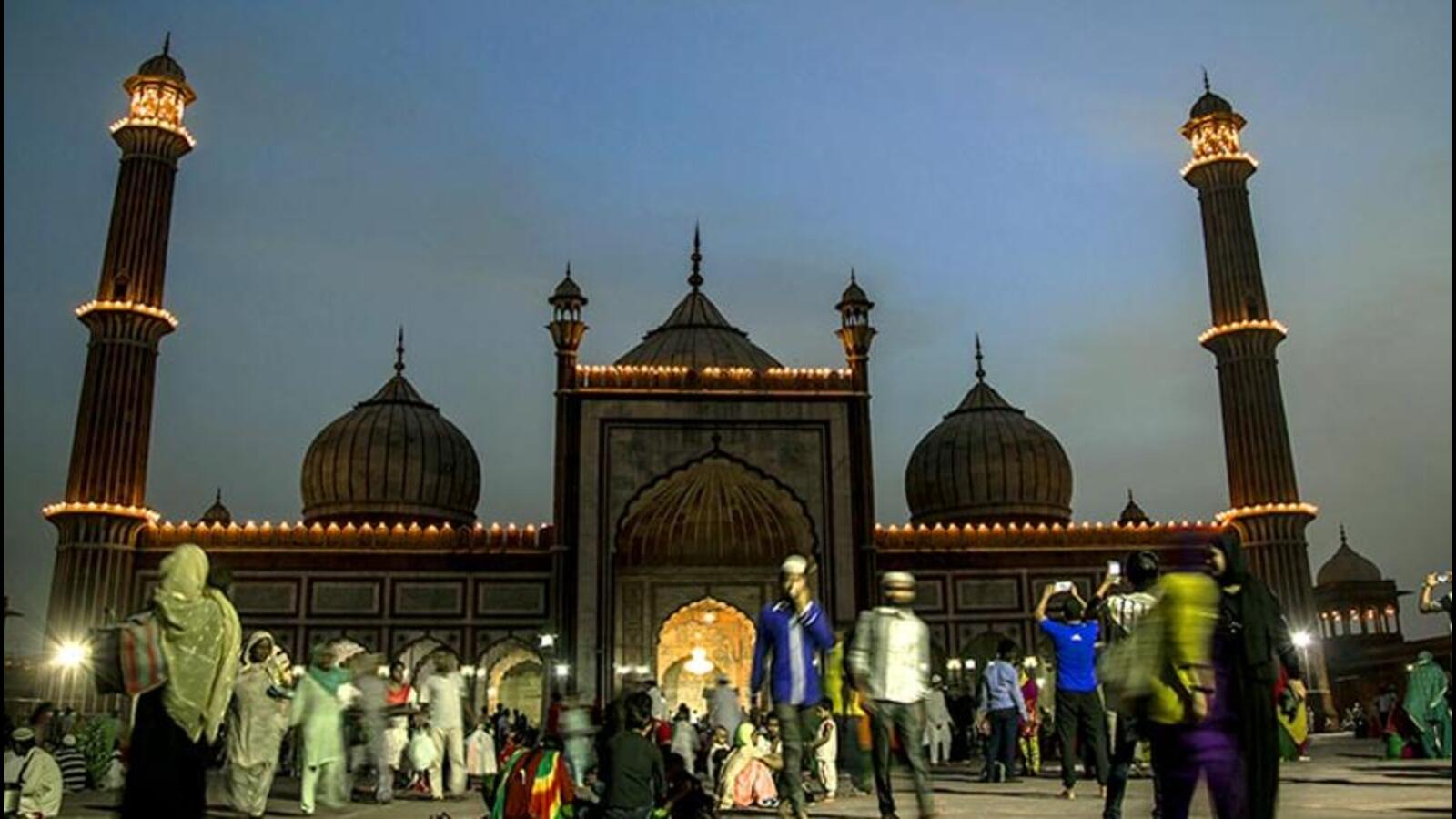

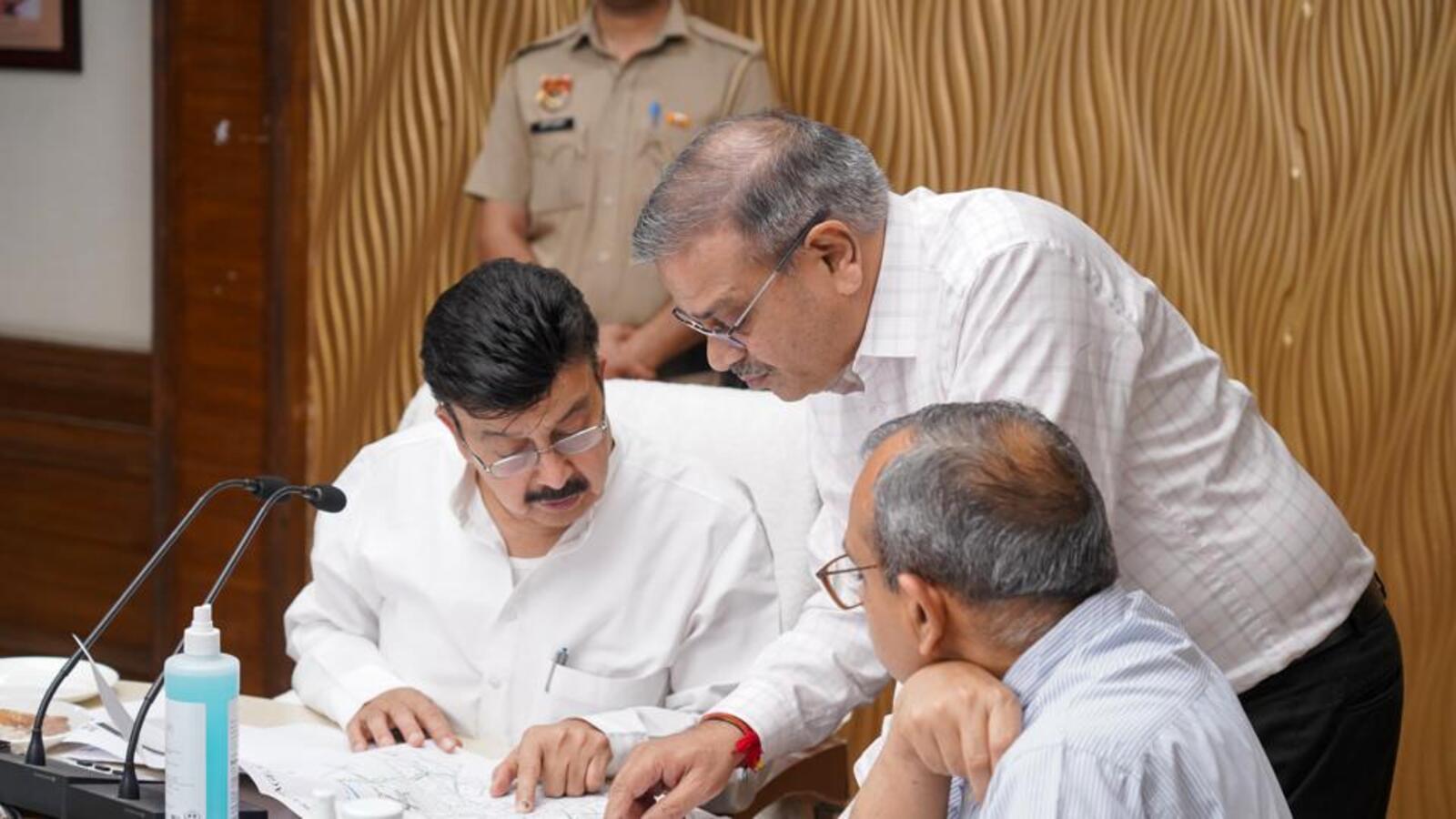


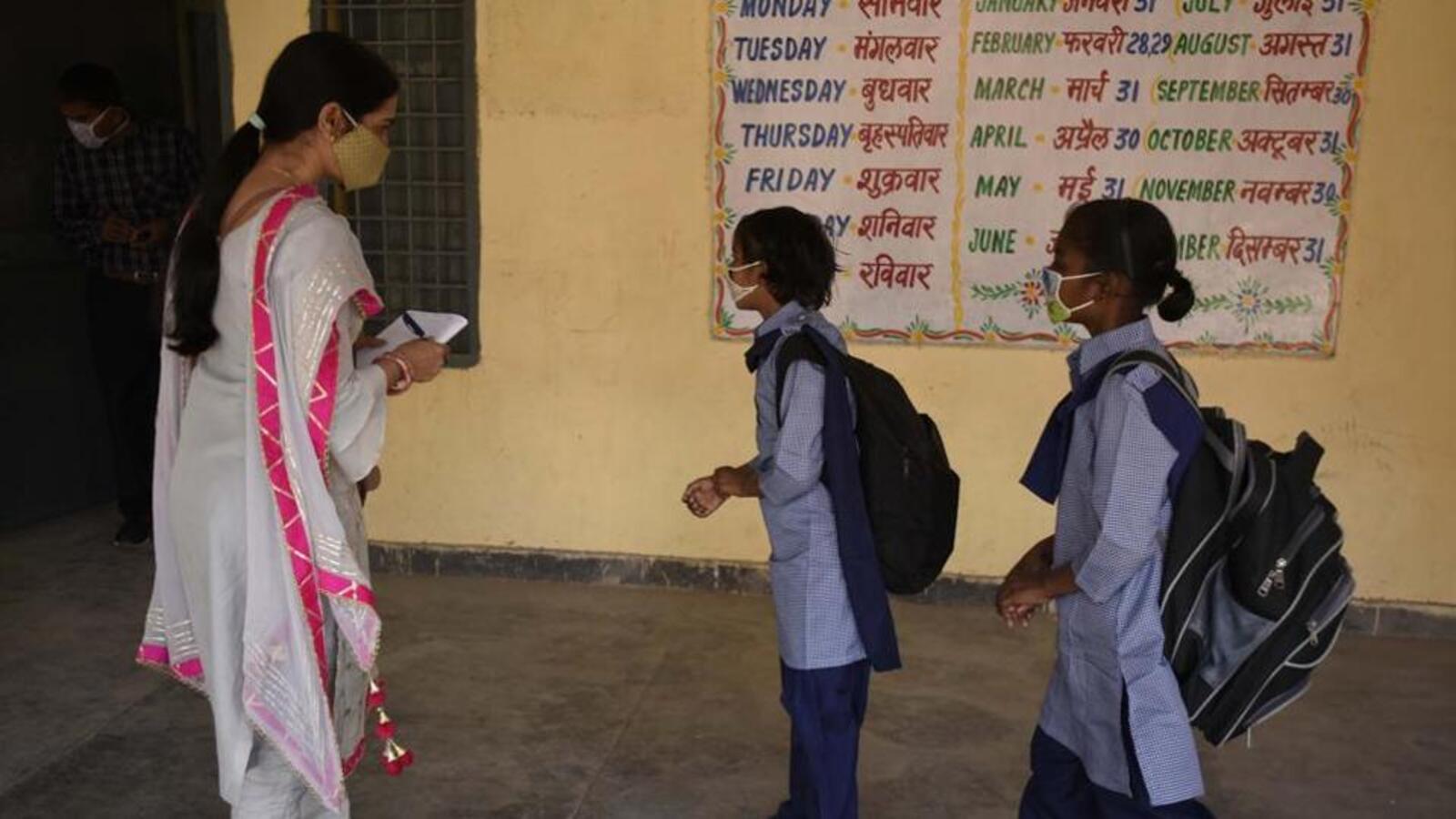
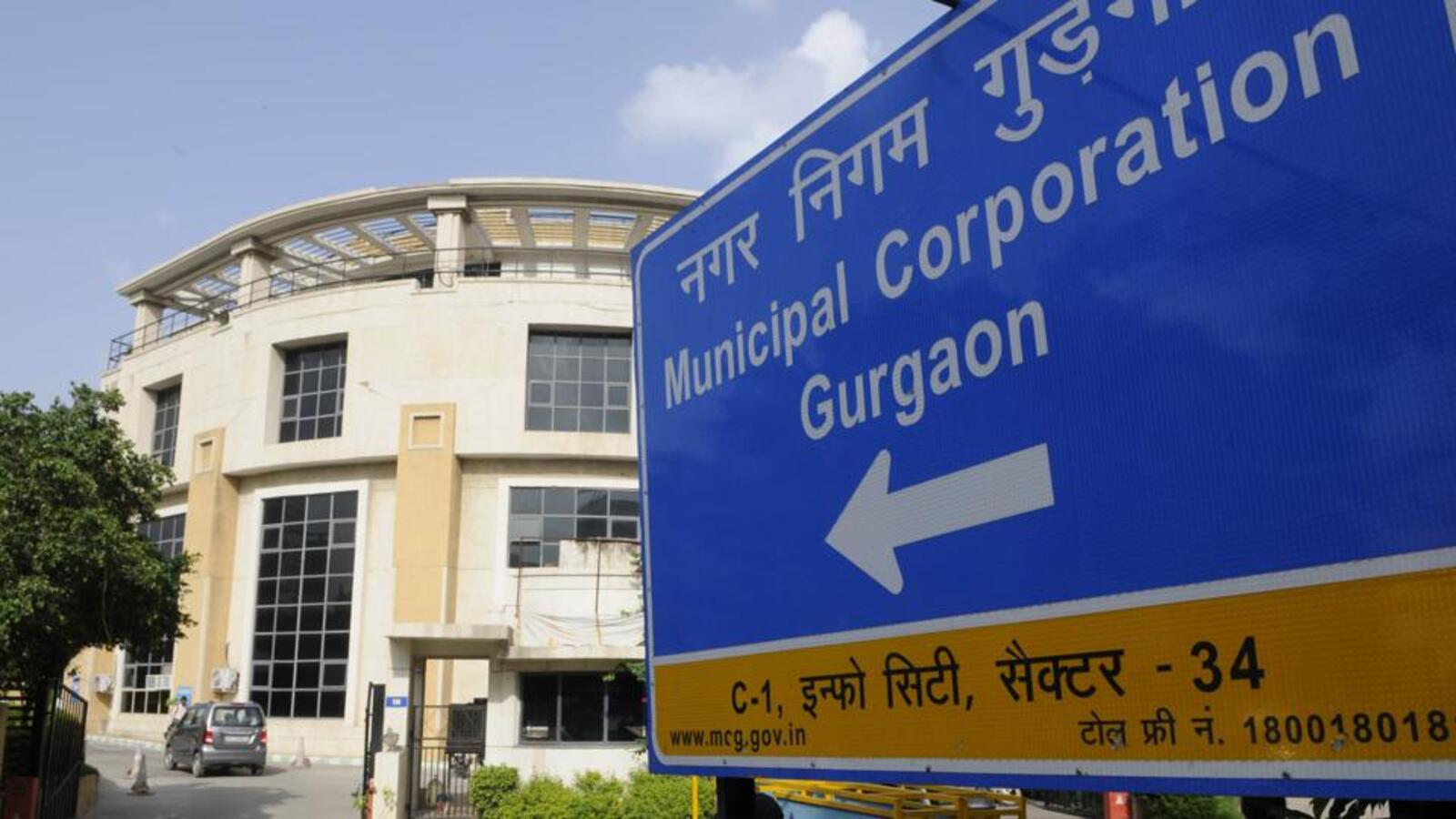
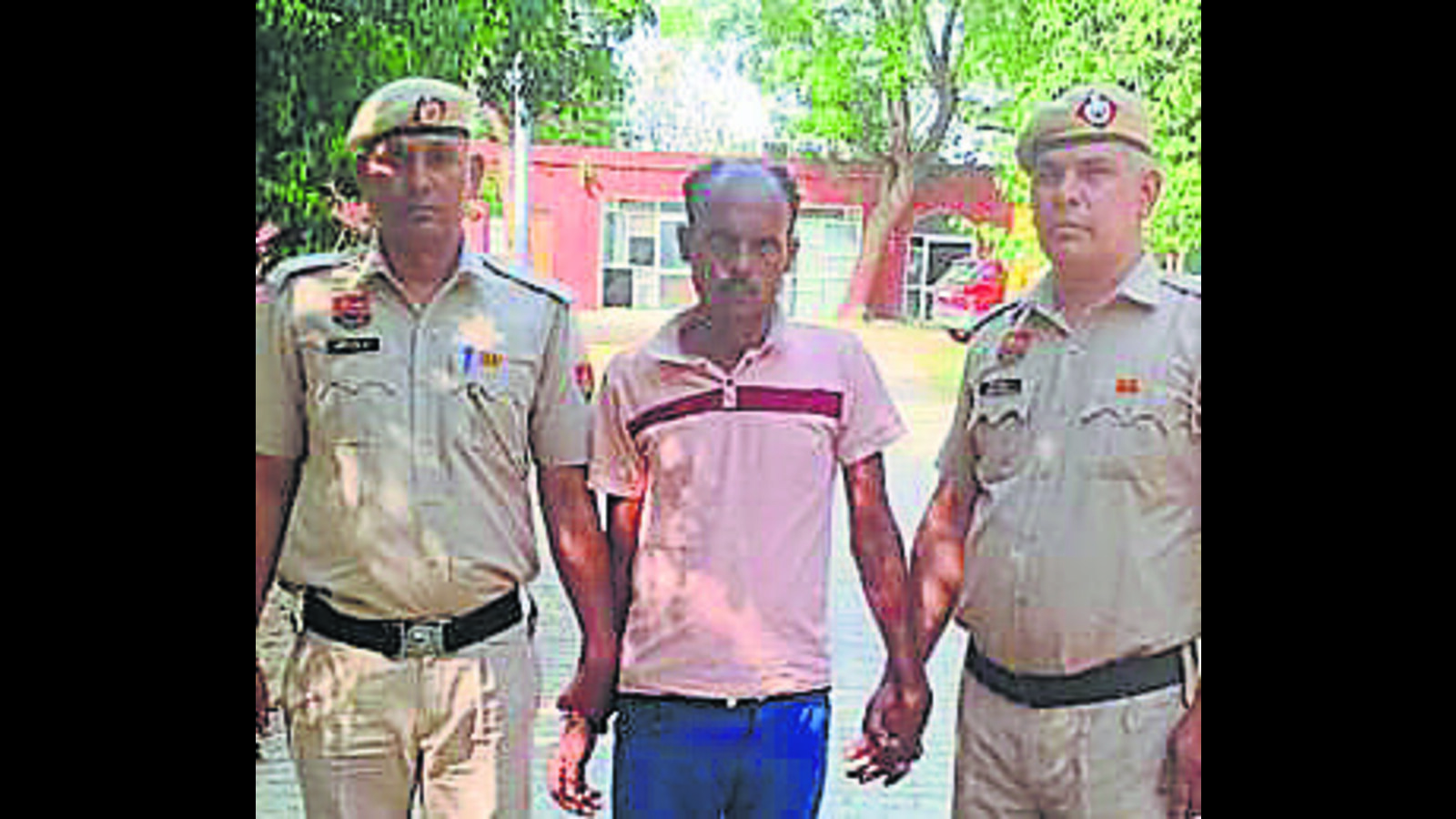
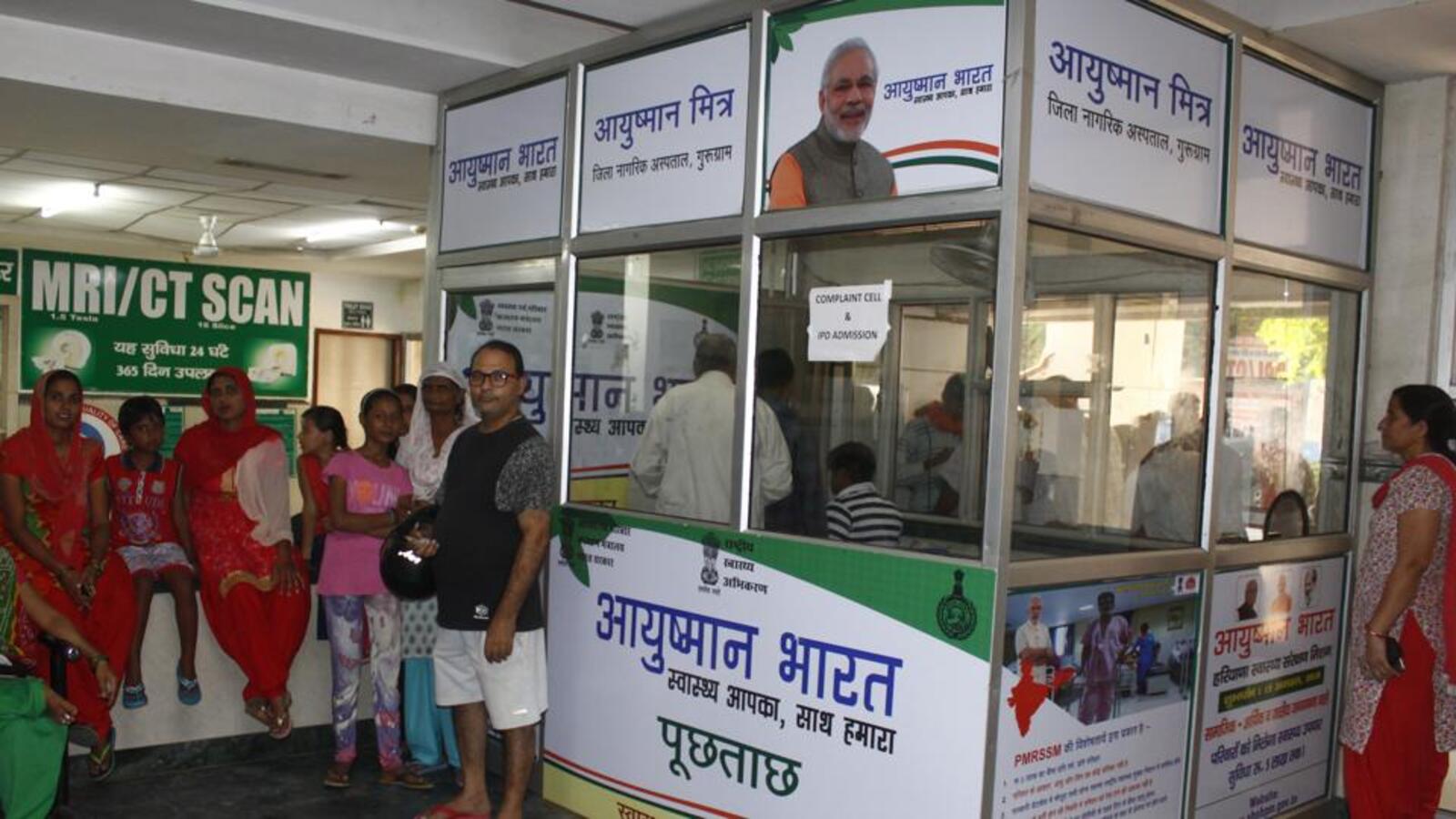
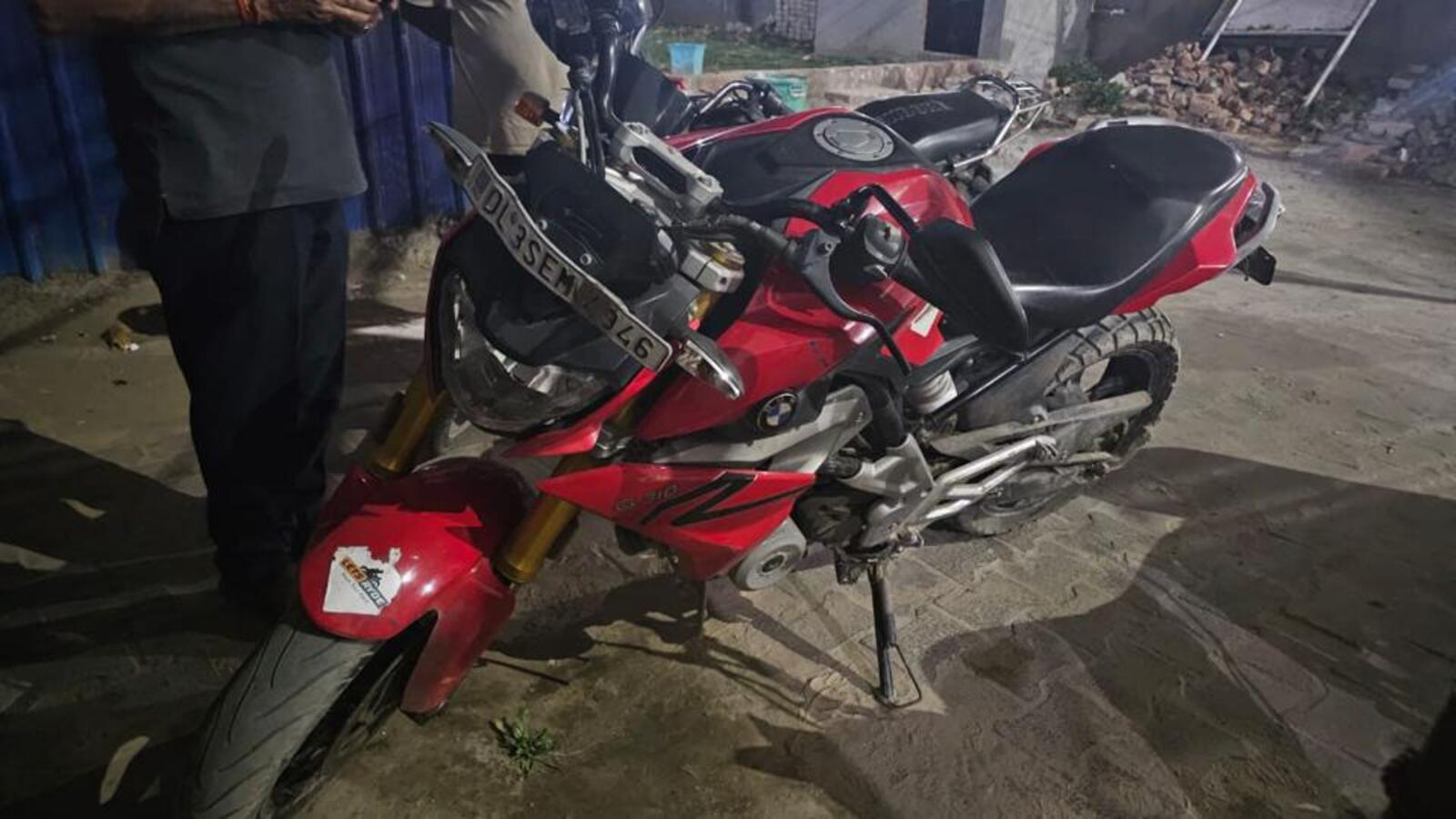
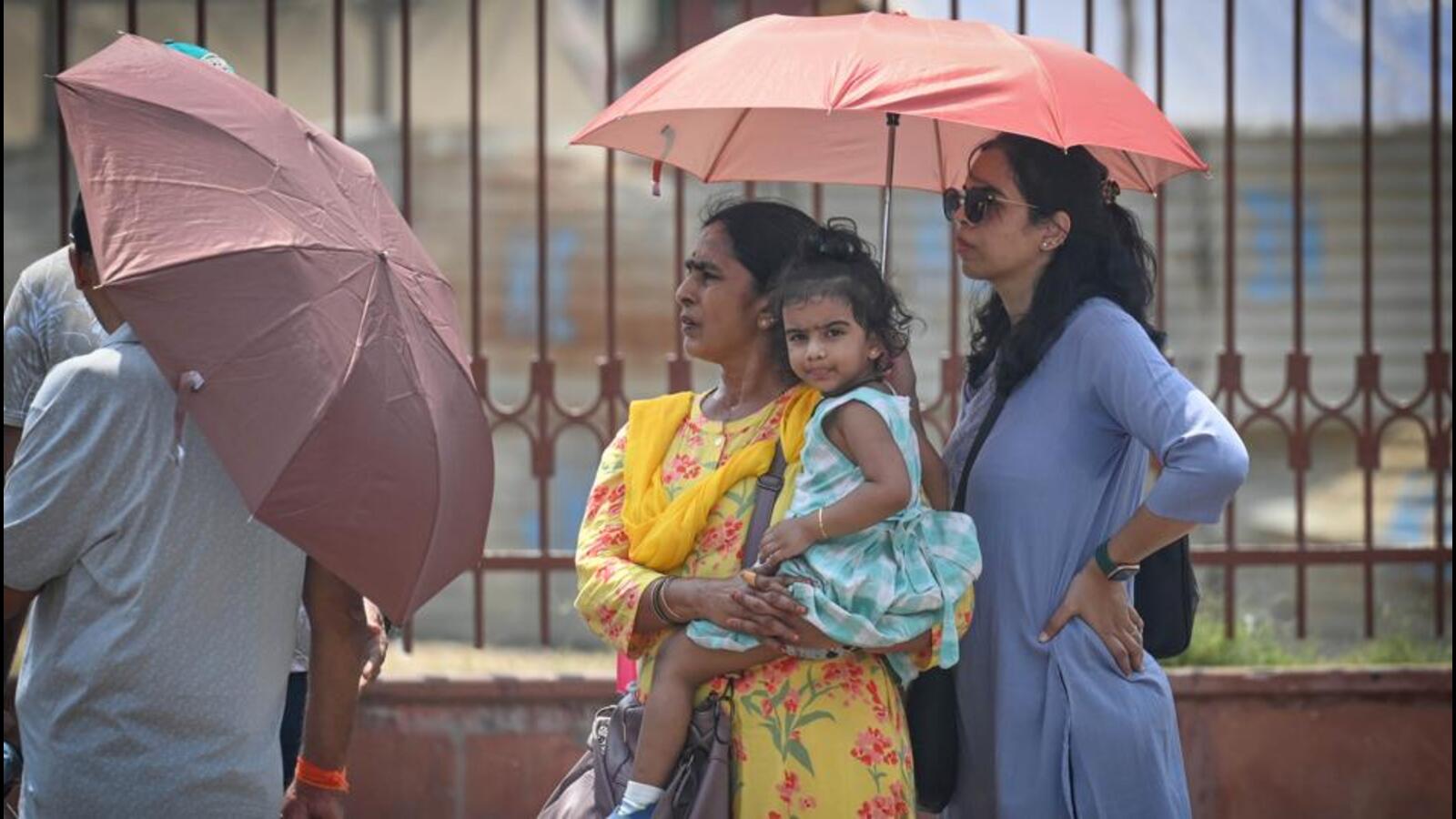
Leave a Reply